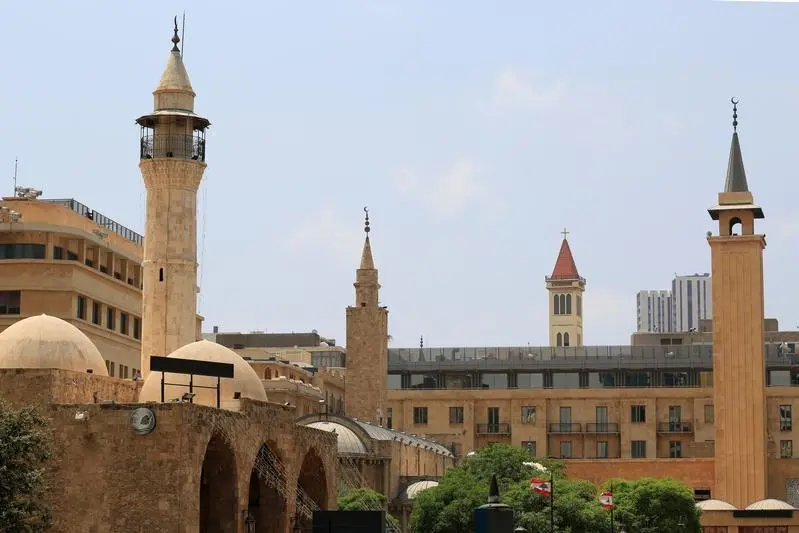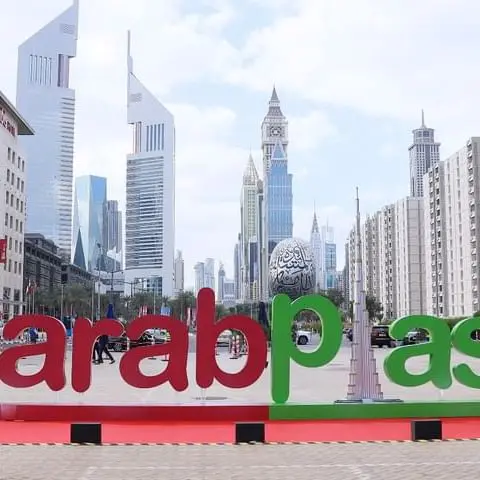PHOTO
Monday, Aug 15, 2016
Beirut: There are sharp differences among Lebanese elites concerning the country’s constitution as amended in 1989 by the Taif Accords, which secured an end to the 1975-1990 Civil War and, presumably, gave citizens a second chance to organise themselves and their lives. Although loquacious, the Lebanese seldom talk about the symbol of the country, one that presumably united the 18 different communities that are supposed to make a nation.
Frequent conversations reveal little knowledge of the living document or who may have written it, and to what end, which highlighted the utter confusion.
What was the fate of the Constitution given that most citizens preferred to identify themselves with their religious and sectarian identities rather than constitutional duties, rights and privileges? Were politicians who frequently referred to it, even if its contents escaped most, aware that the state could not possibly endure without it? Will the current concordat survive or is the time ripe to replace it with a new one?
Lebanon has traditionally functioned under two primary principles: the 1943 ‘National Pact’ that upheld the principle of “mutual coexistence” (Al Aish Al Mushtarak), as well as a Constitution that was updated in 1989. Taif granted parity between Christians and Muslims and, more important, redrew the balance of power in favour of the Sunni community after it empowered the Cabinet to govern — even if parliament was called to approve proposed laws.
The existing arrangements — which allocated the presidency to Maronite Catholics, the premiership to Sunni Muslims, and the parliamentary speakership to Shiite Muslims — were left in place, though some of the privileges granted the head-of-state shifted.
What remains intact is the president’s balancing role, which has been elevated in certain aspects, including the critical privilege of setting foreign policy trends and the incumbent’s role as the ultimate representative of the country.
As the only non-Muslim Arab head-of-state, the Lebanese presidency distinguished itself in two other aspects too: a single six-year-long term that belied those who served for life in non-monarchical regimes, and as the symbol of religious tolerance.
Taif was certainly a solution but its implementation fell short after the Hezbollah militia, with Iranian support, stood up to Israeli occupation in the 1980s.
Increasingly, and because of changing demographics, Hezbollah saw little merit in the charter and the political arrangements it supported, as it concluded that various ‘sacrifices’ automatically granted it superior privileges. Few were surprised when party leaders spoke of a new “Constitutional Convention” even if they quickly rebranded those demands for fear of upsetting the National Charter.
Notwithstanding clever argumentations, Hezbollah officials still believed that Sunni and Christian political privileges ought to be proportionate, leading political and religious figures to regularly advance the idea that a fresh constitutional convention must be called, if for no other reason than to debate and agree to a new tripartite power-sharing formula between Christians, Sunnis and Shiites.
Dubbed the Thulathiyyah [Trisection] Accord, such a proposal abandoned Taif, even if few realised inherent contradictions between the 1989 agreement and Thulathiyyah, which would necessitate a complete overall of the system in place.
Under the circumstances, and should the Lebanese embark on such a venture, was it possible to uphold the constitution or, despite grave uncertainties, would Beirut witness a political upheaval?
When Michel Chiha wrote the original 1926 Constitution of Lebanon, he created a living document that brought every citizen under the protection of the State, itself based on the law.
He did not deny society’s confessional composition nor did he wish to dismantle privileges enjoyed by every community even if he anticipated that sectarianism would, in time, disappear.
To his credit, he did not include the country’s confessional distribution of power among leading religious groups in the document — that was left to the 1943 Charter — and even foresaw, in Article 24, an eventual way out of narrow-minded obscurantism.
At 102 articles, of which 11 were abrogated, and most of the others amended in 1927, 1929, 1943, 1947, and 1990, the Lebanese Constitution endured many permutations.
As a living document, and like similar charters in other countries, the Constitution included specific mechanisms that could be activated to update it even if Lebanon lacked a Supreme Court to interpret some of the more controversial clauses. Most citizens welcomed periodic transformations if these served the national interest while protecting existing privileges led by, and this must be stated without any equivocation, liberty. What many refused to do, however, was to embark on any permutations under duress that granted one community the kind of rights denied others.
-This essay, the last of four, examines Lebanon’s challenges post-Taif accords
Who is Michel Chiha?
Born into an Assyrian family in 1891 near Aley, Michel Chiha (1891-1954) was destined to succeed his banker father, though his passion was politics. Considered one of the founding fathers of the Lebanese Constitution, along with Charles Corm, Ptro Trad and Omar Daouk, Chiha completed his studies at the Universite Saint-Joseph, where he mastered French, but fled Beirut for Cairo at the outbreak of the First World War. Between 1915 and 1918, he earned a law degree in Egypt, which helped him sharpen a political vision for an independent Lebanon. He quickly grasped the realities associated with the French mandate and, aware that all such systems were short-lived, prepared the vital constitution. Chiha was ready in August, 1920 when Paris proclaimed the State of Greater Lebanon, and though he served in the mandate parliament, his sights were set higher. When his brother-in-law, Bisharah Al Khoury, became the country’s first president in 1943, Chiha assumed the role of adviser, though he devoted his days to writing a daily column in Le Jour, a newspaper he purchased in 1937. He died in Beirut on December 29, 1954, defending two causes: the right of Palestinians to their own state and of the Lebanese to live in harmony under the law.
At a Virgin Megastore point of sale, a salesman complained to a customer that Lebanon was a failed state. The customer replied that the Lebanon Chiha envisaged was not a failed entity and that greater understanding was needed of the founder’s intent. The salesman replied, “who is Michel Chiha?” He turned to another customer and asked: “Do you know who Chiha is?” He didn’t either, signalling that a failed education system should be included on the list of the country’s problems.
By Joseph A. Kechichian Senior Writer
Gulf News 2016. All rights reserved.























